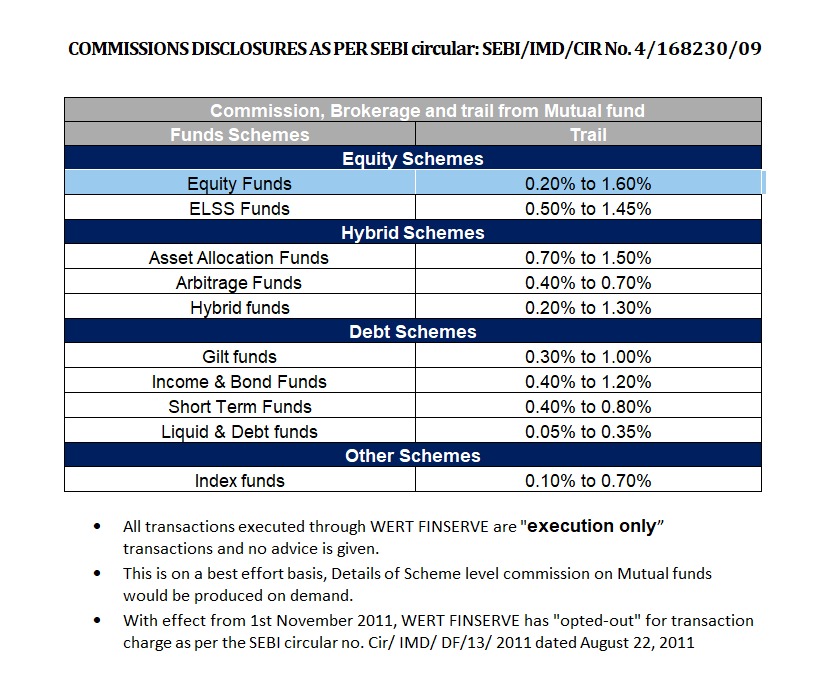Asset allocation forms the foundation of effective portfolio construction. Back in 1986, Brinson, Hood, and Beebower made waves by suggesting that about 93.6% of a portfolio’s returns over time could be attributed to asset allocation decisions. While this finding has been debated since then, it drove home an important point: asset allocation is crucial for long-term investment success. And in today’s dynamic markets, it’s about more than just diversification—it’s about crafting an approach that truly fits each client’s unique goals, preferences, and risk tolerance.
The Evolution from One-Size-Fits-All to Personalized Allocation
Modern Portfolio Theory (MPT) emerged in the 1950s when Harry Markowitz showed how diversification could improve risk-adjusted returns. This led to traditional approaches like the 60/40 portfolio—60% equities, 40% bonds—which delivered solid 8.8% average annual returns from 1926 to 2019. But today’s investors want more. They’re looking beyond off-the-shelf models, seeking strategies that reflect their personal financial goals and values.
This shift toward personalization lets advisors build portfolios that align not just with a client’s finances, but with their values and specific risk preferences. Whether that means incorporating sustainable investments, focusing on certain sectors, or finding the right balance between income and growth, personalization creates portfolios that truly reflect what matters to each client. For advisors, this means developing a deeper understanding of client priorities and thinking beyond traditional models.
Challenges Facing Traditional Allocation Models in Modern Markets
Beyond the push for personalization, traditional asset allocation models are running into some real challenges in today’s market environment:
- Increased Correlations During Market Downturns: We used to count on bonds to cushion the blow when stocks fell. But 2022 showed us how that relationship can break down—both stocks and bonds declined together for the first time since 1969. As markets become more interconnected, we need to think differently about diversification.
- Limitations of Static Allocations: Fixed models like the 60/40 portfolio can’t keep up with rapid market shifts, potentially missing opportunities or taking on unintended risks. This becomes especially problematic when clients have specific financial goals or need quick responses to market changes.
- Concentration Risks in Today’s Market: Look at the “Magnificent 7″—Apple, Microsoft, Alphabet, Amazon, Meta, Tesla, and Nvidia. These tech giants now make up a huge chunk of the S&P 500. While they’ve been great performers, this concentration means portfolios heavy in broad market indices might be more exposed to tech than investors realize. If these companies stumble, it could hit portfolios hard.
Alternative Investments and the Need for Customization
To build more resilient, personalized portfolios, many advisors are turning to alternative investments—think private equity, real estate, and commodities. These assets often march to their own beat, potentially offering better diversification. But they come with their own challenges:
- Liquidity Issues: Many alternatives require extended holding periods, with limited opportunities for early exit.
- Valuation Complexity: Unlike stocks, these assets don’t come with convenient daily price tags, making them trickier to value.
- High Entry Barriers: The price of admission can be steep, making it tough to include these across all portfolios.
This is where technology, particularly AI, is stepping in to help advisors navigate these complexities.
How AI Acts as a Tool to Enable Personalization and Support Human Decision-Making
AI is transforming how we approach asset allocation, giving advisors powerful tools for personalization and real-time portfolio management. It can crunch massive datasets to uncover patterns that help customize portfolios—from sector preferences to subtle differences in risk tolerance. But while AI provides valuable insights, decision making should ultimately remain with the advisor.
One challenge with A is the “black box” problem—when models make decisions without showing their work. That’s a non-starter for professional advisors who need to understand and explain every portfolio decision to their clients. For AI to truly add value, it needs to be transparent, showing not just what to do but why.
Balancing the Benefits and Risks of AI in Personalized Asset Allocation
AI helps financial professionals tackle the limitations of traditional approaches while delivering truly customized portfolios. Here’s how:
- Data Analysis: AI excels at processing complex data, helping advisors spot patterns across various assets and turn them into practical portfolio insights.
- Responsive Portfolio Adjustments: Unlike static models, AI-driven strategies can adapt quickly to market changes while staying true to each client’s risk tolerance and goals.
- Enhanced Risk Management: AI can help spot potential market shifts early, though advisors still need to evaluate these predictions against their clients’ long-term objectives.




